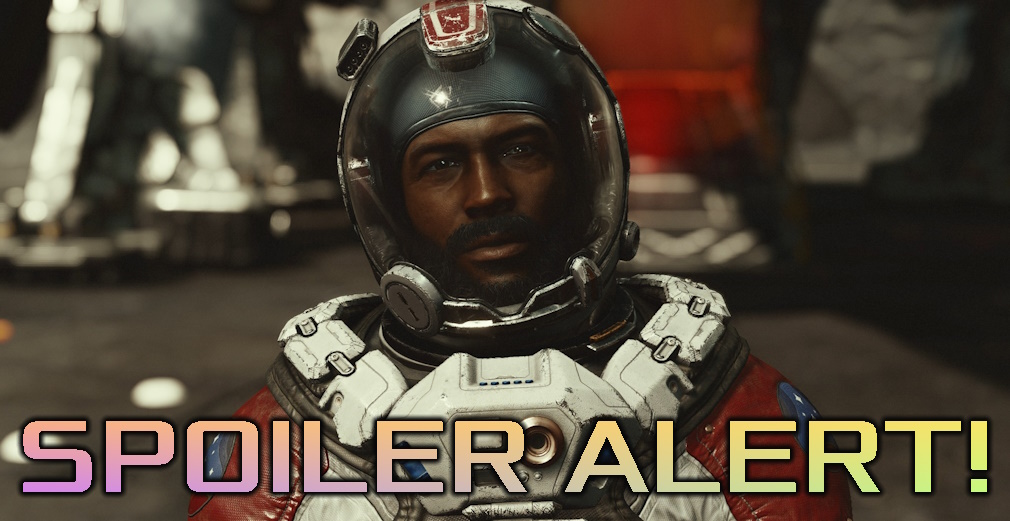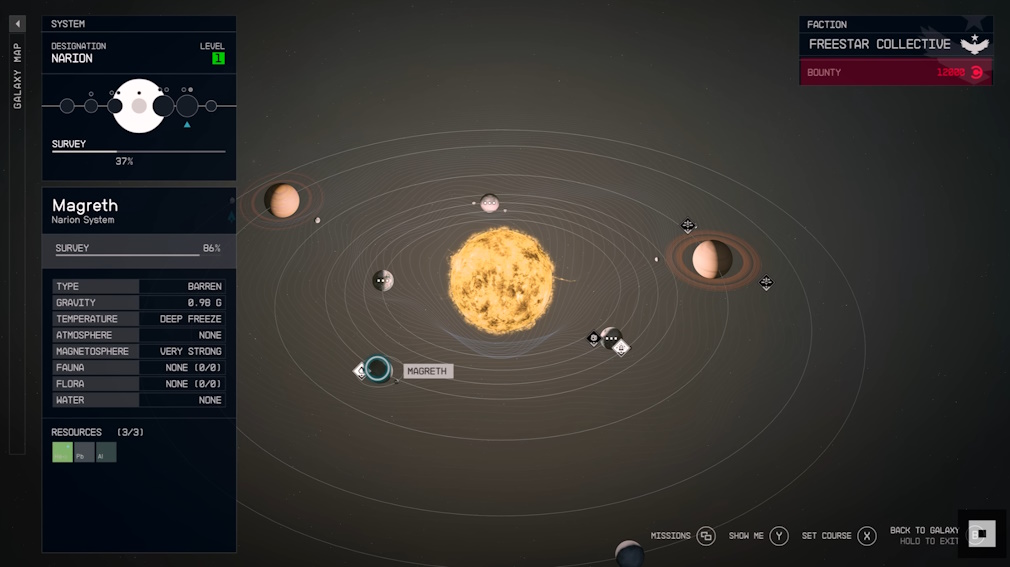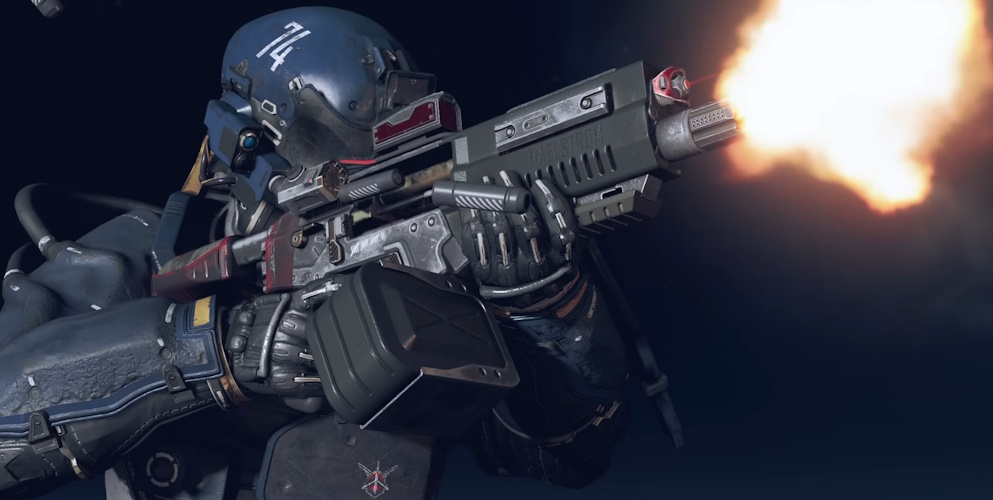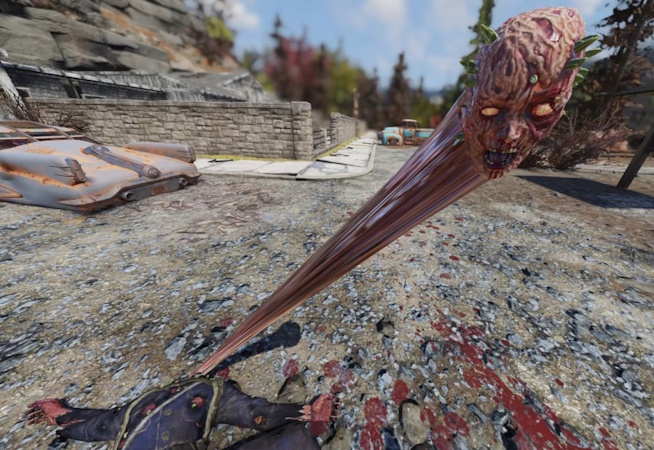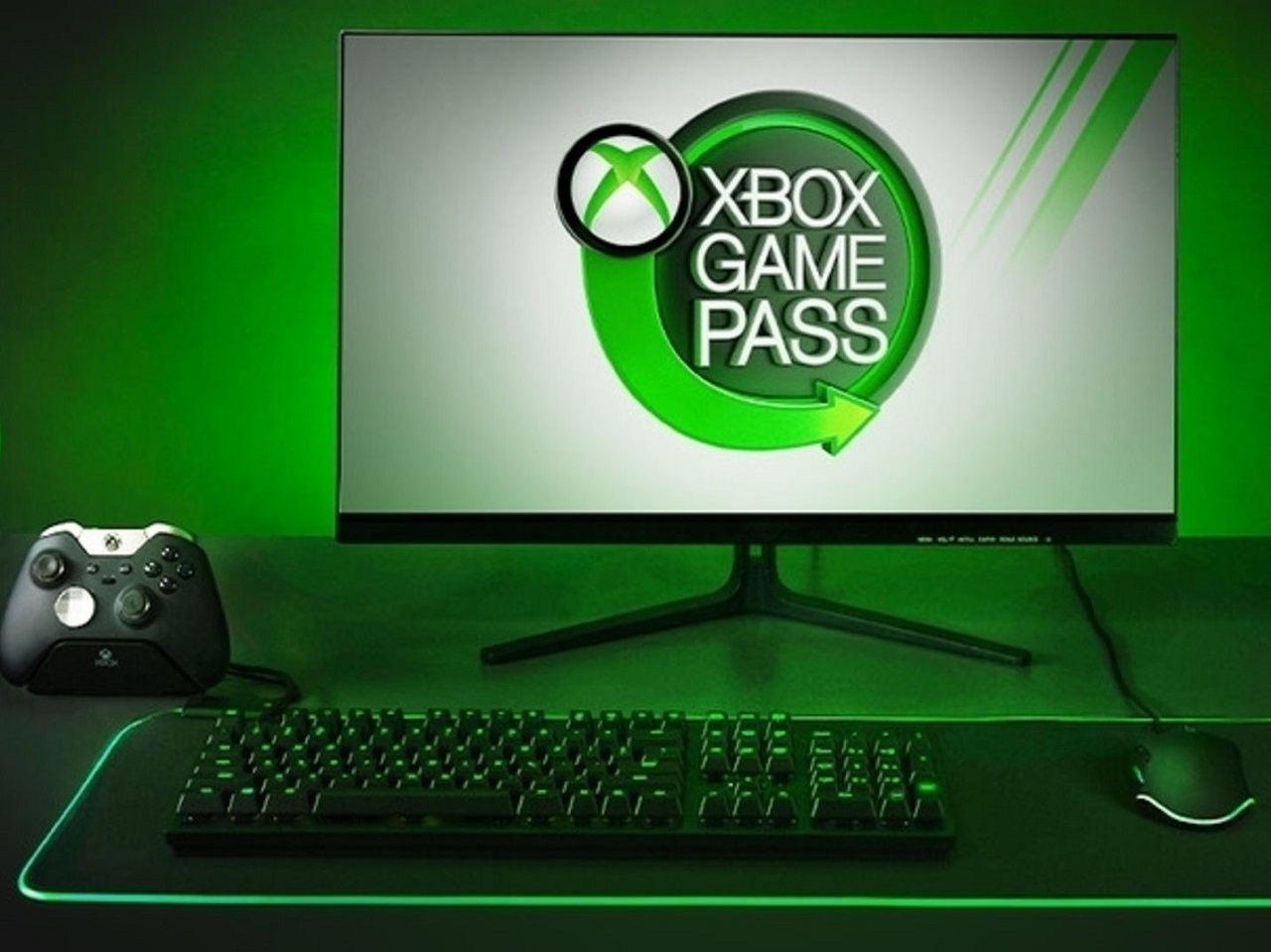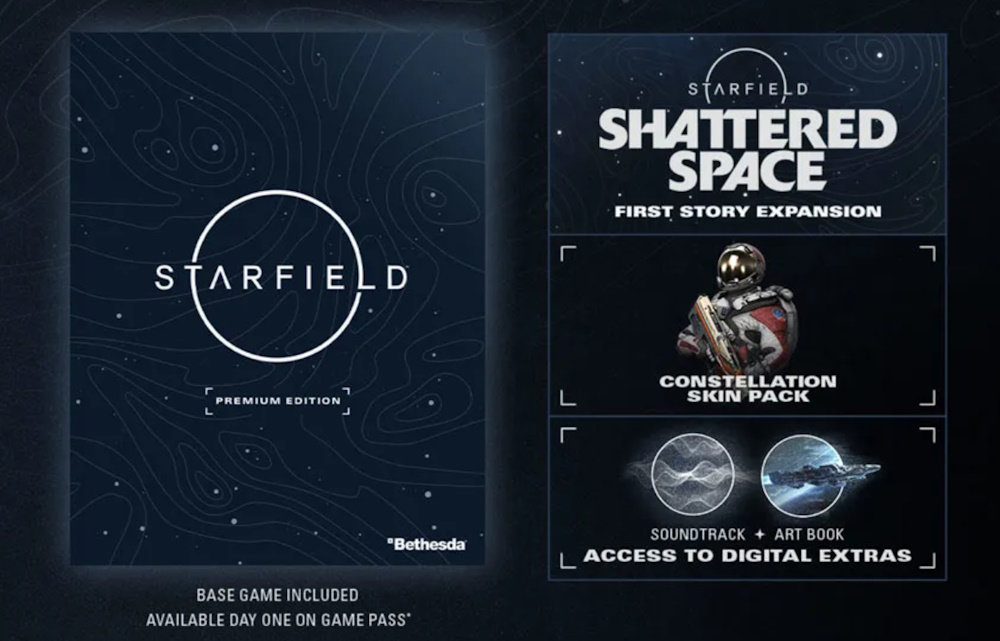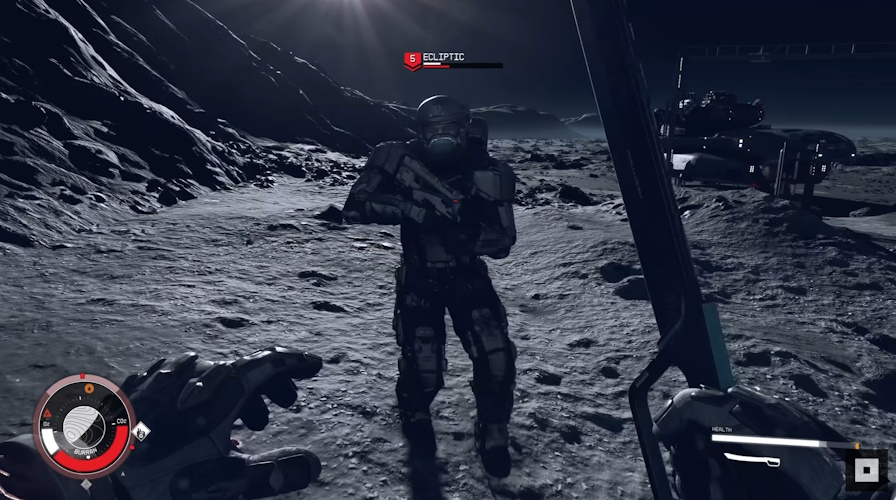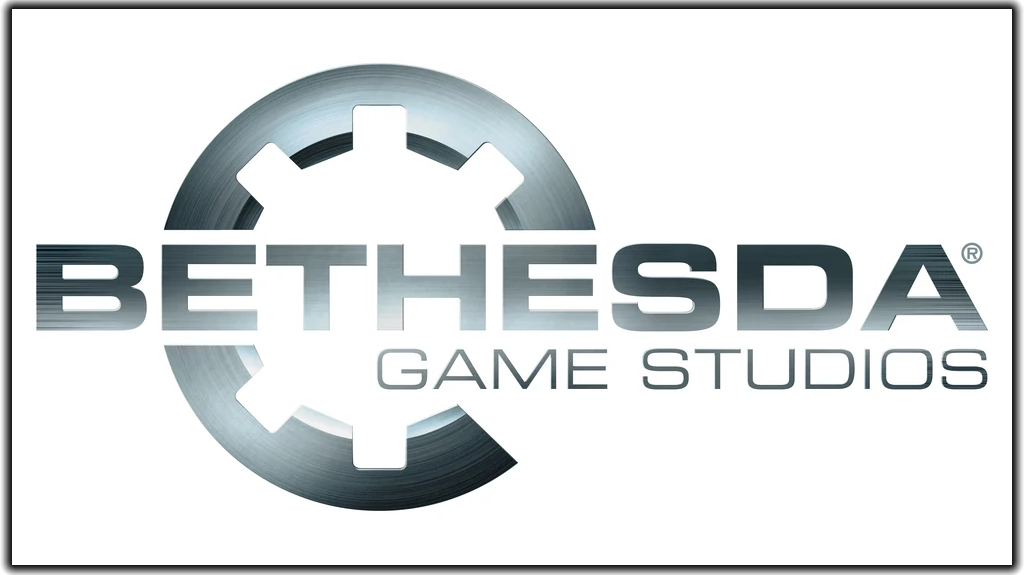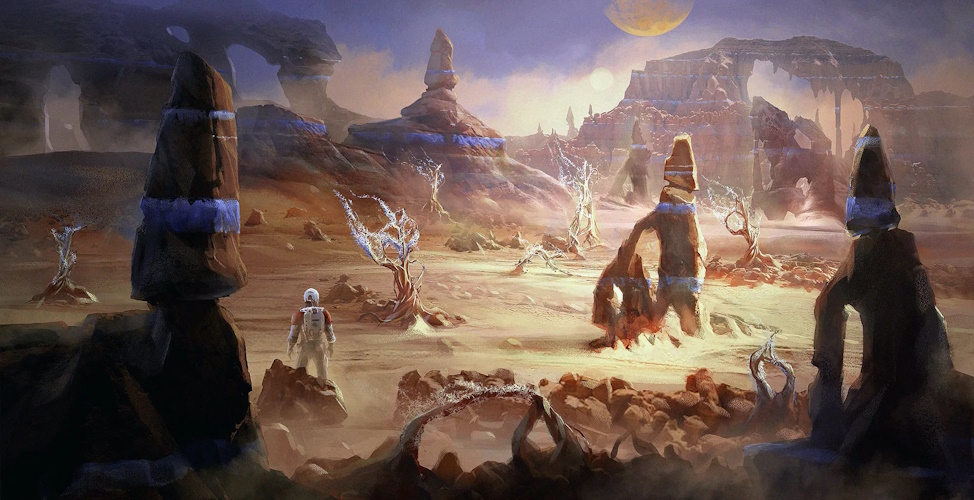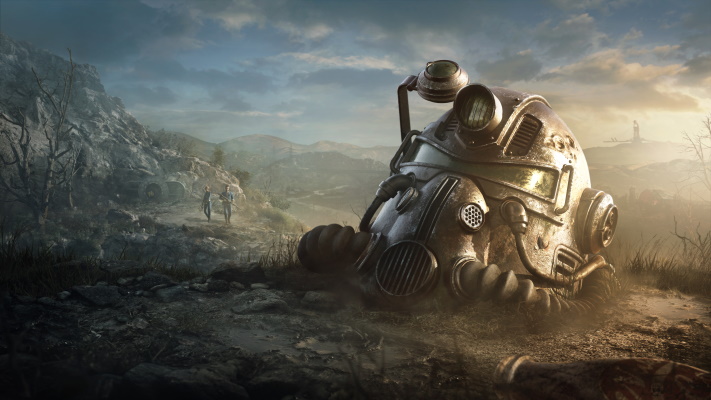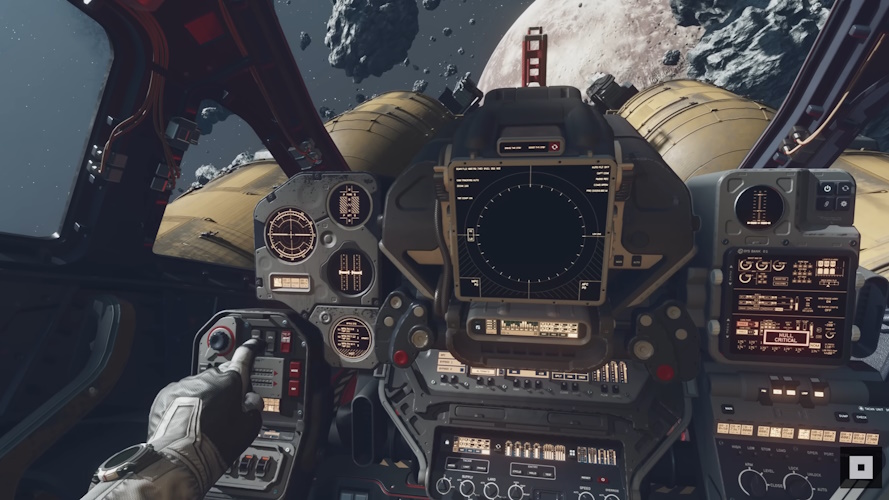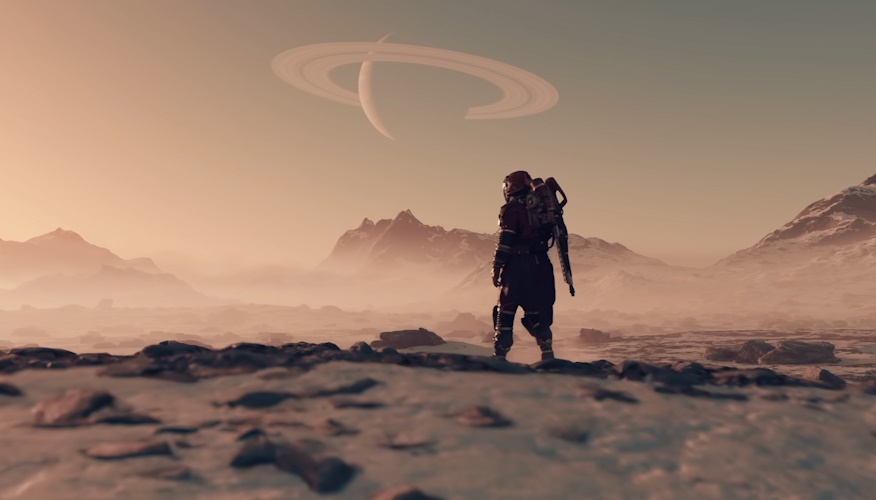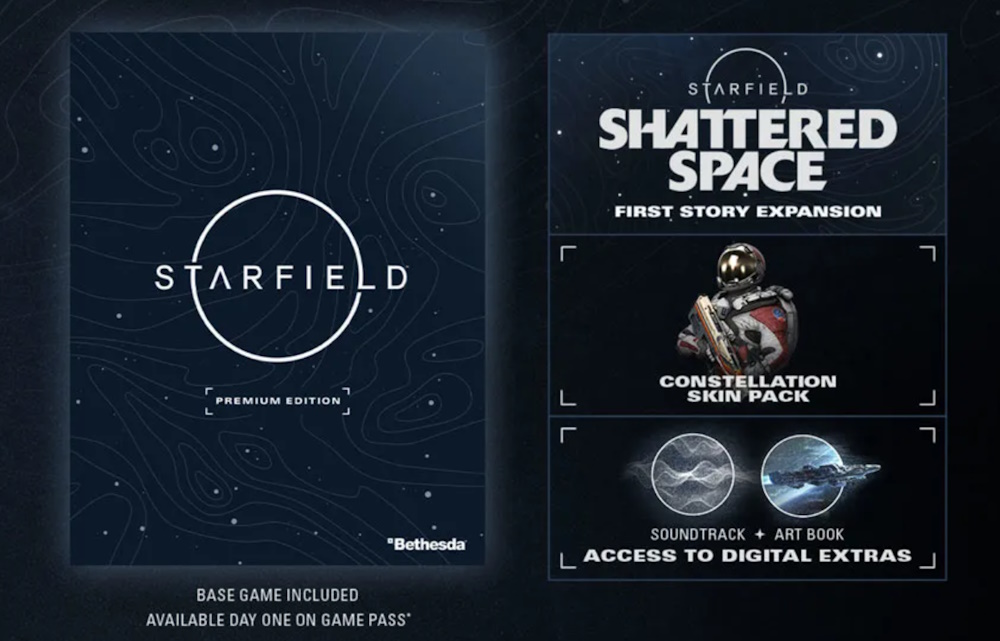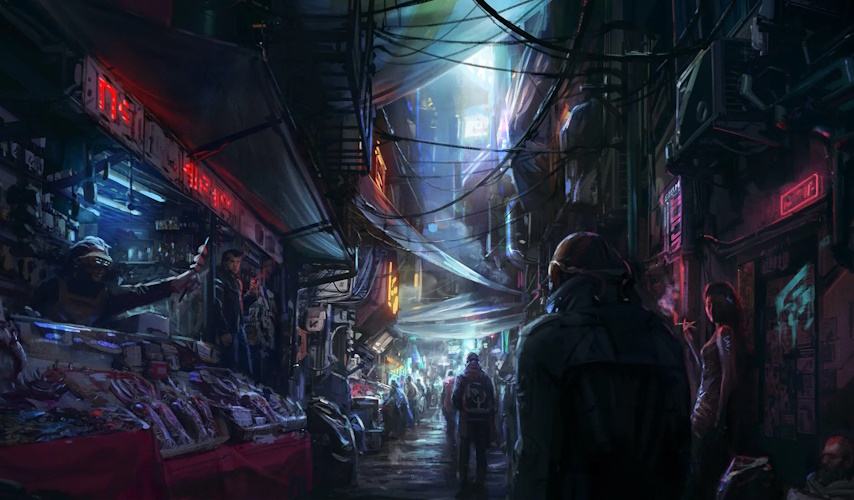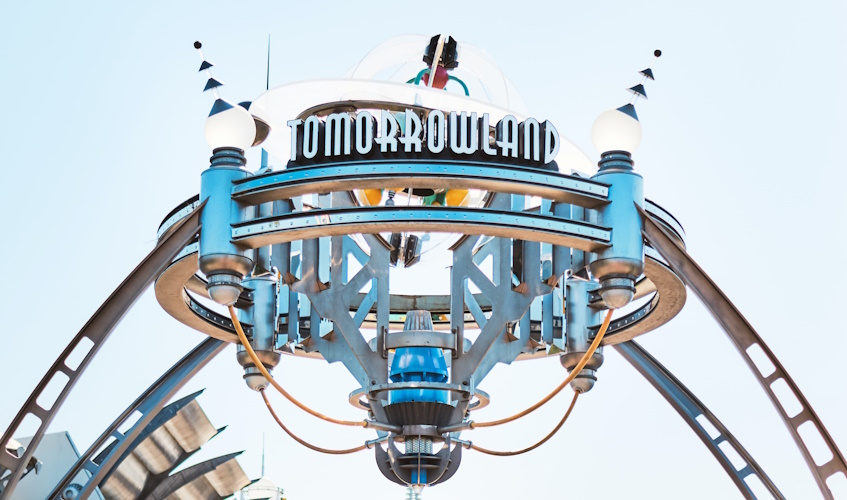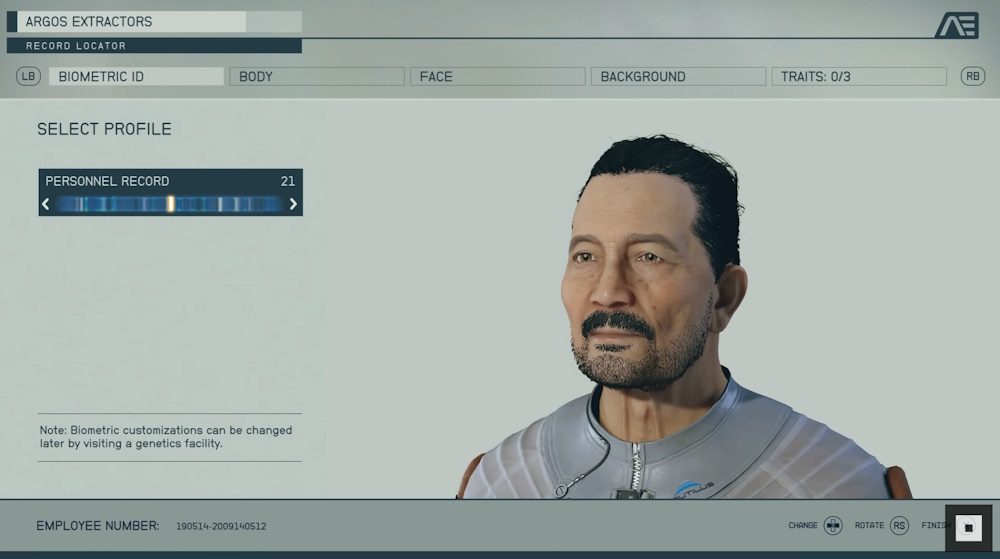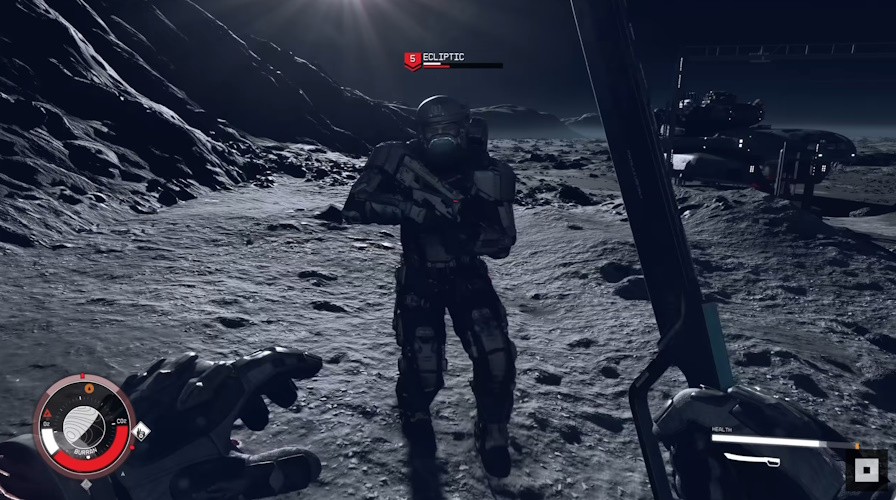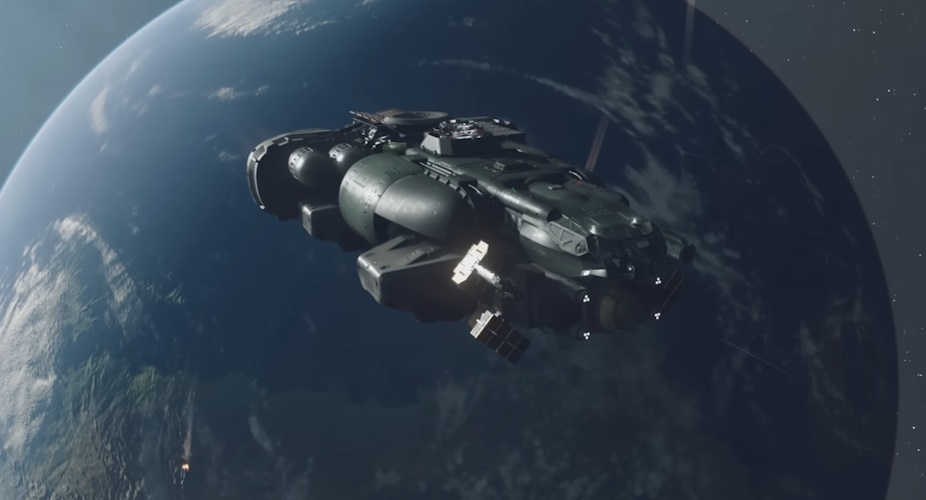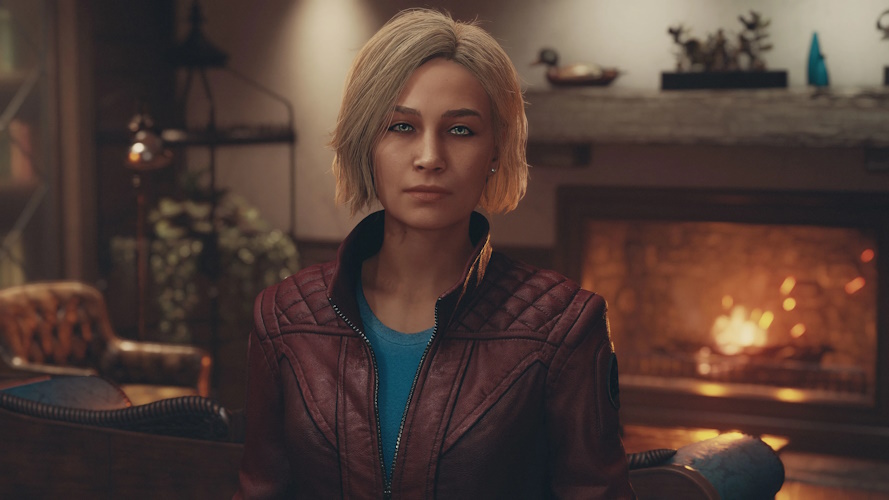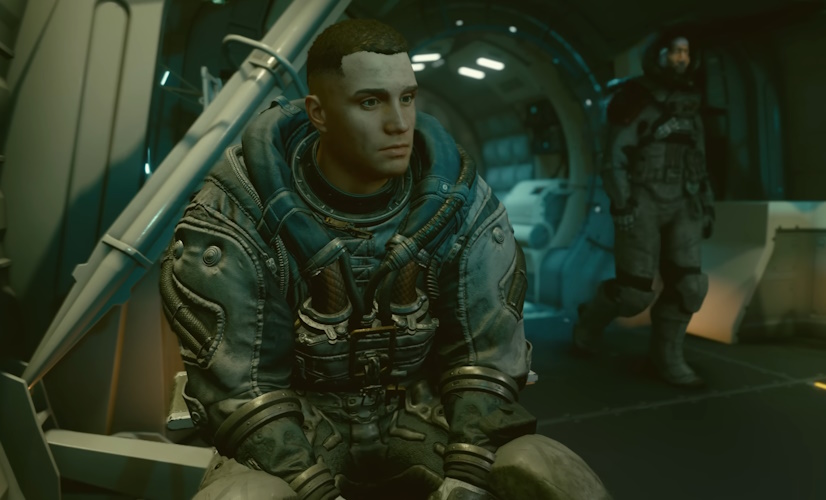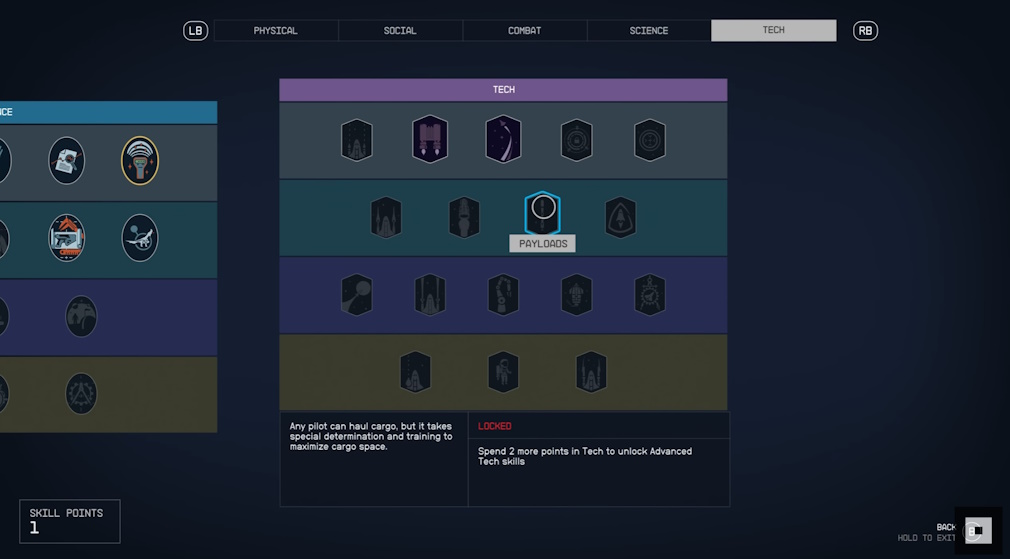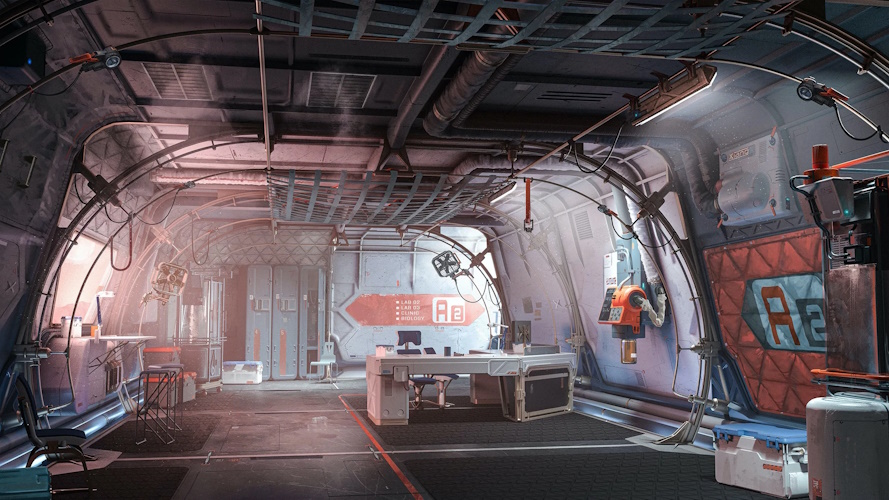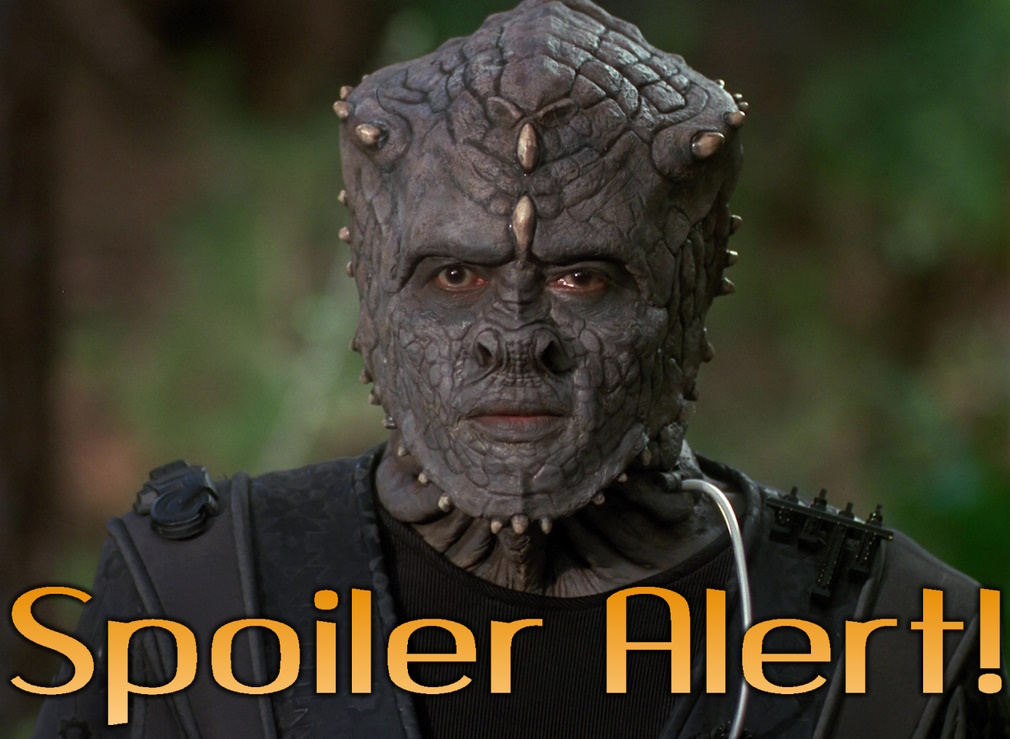
Spoiler Warning: Although there are no major story spoilers, minor spoilers may be present for Starfield and its in-game systems. This article also uses screenshots and images from the showcase and trailers.
The Starfield showcase has told us a lot about the upcoming sci-fi role-playing game and what we can expect from it. Bethesda has followed this up by putting out game director Todd Howard to participate in a number of interviews, including one in which he was strangely asked about fishing. But there are still some question-marks hanging over Starfield, at least from my perspective.
I’m not in a position to interview anyone or put these questions to Bethesda and Xbox directly. So instead I thought it could be fun to write them out here – as well as share my thoughts on what the answer may be, and what I’d want the answer to be! As I said when I wrote my Starfield wishlist, I have high hopes that the game will be enjoyable to play regardless of whether or not it does everything that I think I want right now. It’s also possible that updates and DLC will add certain features and mechanics in the months and years after the game launches – so if something seems to be “missing” that a lot of players would like to see, don’t bet against Bethesda adding it somewhere down the line.
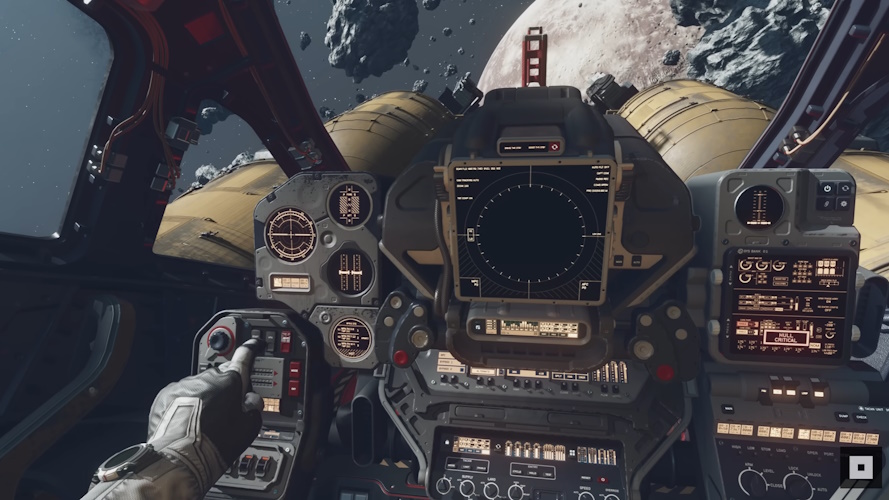
As always, I have a couple of caveats! Firstly, I have no “insider information,” and I’m not trying to claim that anything we’re going to talk about today definitely will or won’t be part of Starfield. These are questions I have about the game based on pre-release footage, the showcase, and interviews I’ve seen with Bethesda and Xbox folks. Secondly, all of this is the subjective opinion of one person; if you hate all of my questions or if I don’t ask something that seems blindingly obvious to you, that’s okay! There should be enough room in the gaming community and the Starfield fandom for different perspectives and points of view.
Finally, I haven’t seen every interview, nor read every single comment by Bethesda and Microsoft. It’s possible that I’ve missed something, or that something I’m uncertain about has been clarified already. My ageing brain may not have retained everything, too!
With all of that out of the way, let’s jump into my list of questions!
Question #1:
Do planets rotate?
Or: do planets have a day-night cycle?
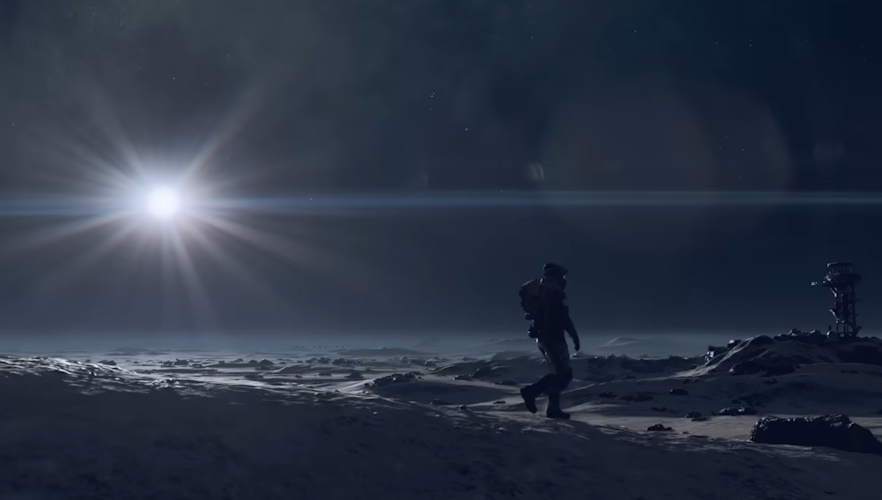
We’ve seen some clips that seem to take place in the full light of day, and others that take place in darkness. So it’s obvious that night and day plays a role in Starfield, at least to an extent. But what I haven’t been able to gauge so far is whether there are day-night cycles on every planet – and if there are, would every planet behave the same way?
Past Bethesda games have had day-night cycles, with different monsters appearing at night, for example. In some games, sleeping is only permitted between certain hours, and some quests might even be time-specific in some cases. But if we’re heading out into space, planetary rotation can mean a lot more than just whether the sun is in the sky or not!
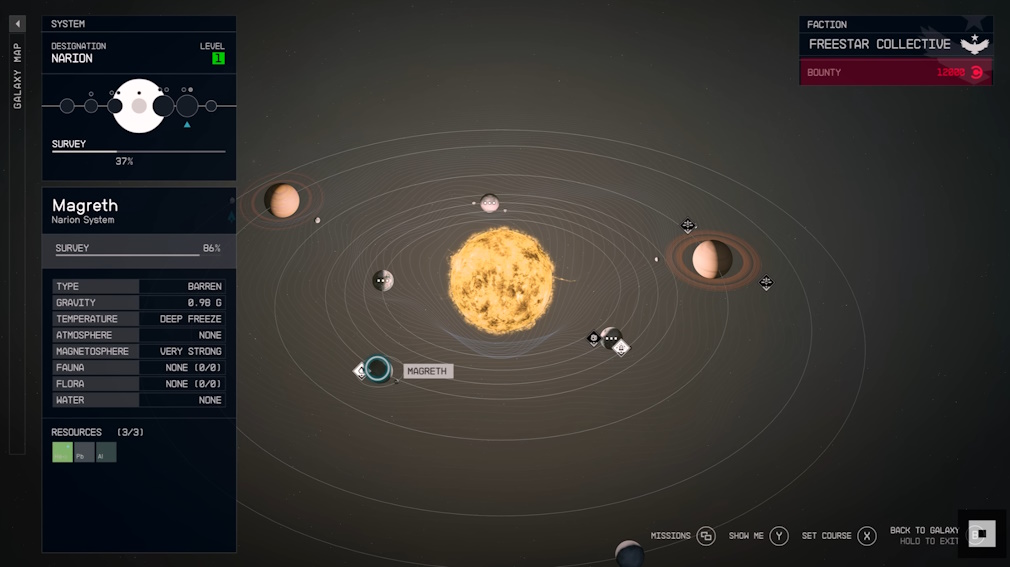
Some planets that lack atmospheres have extremes of temperature depending on whether they’re facing their star or not. Mercury, for instance, varies wildly between -170°C at “night” to over 400°C during its “daytime.” If we’re exploring planets comparable to Mercury in Starfield, when and where we land could determine what kind of environmental protection we’d need, for example.
The Starfield showcase seemed to suggest that planetary temperature was one factor that could affect the player character, with the HUD keeping track of temperature. But whether that changes, or whether each planet or landing site has a fixed, unchanging temperature is unclear. I’d love to know whether planets rotate, whether there are varying day-night cycles for the main cities and locations, and whether or to what extent these things could impact exploration.
Question #2:
Is the entire surface of a planet explorable?
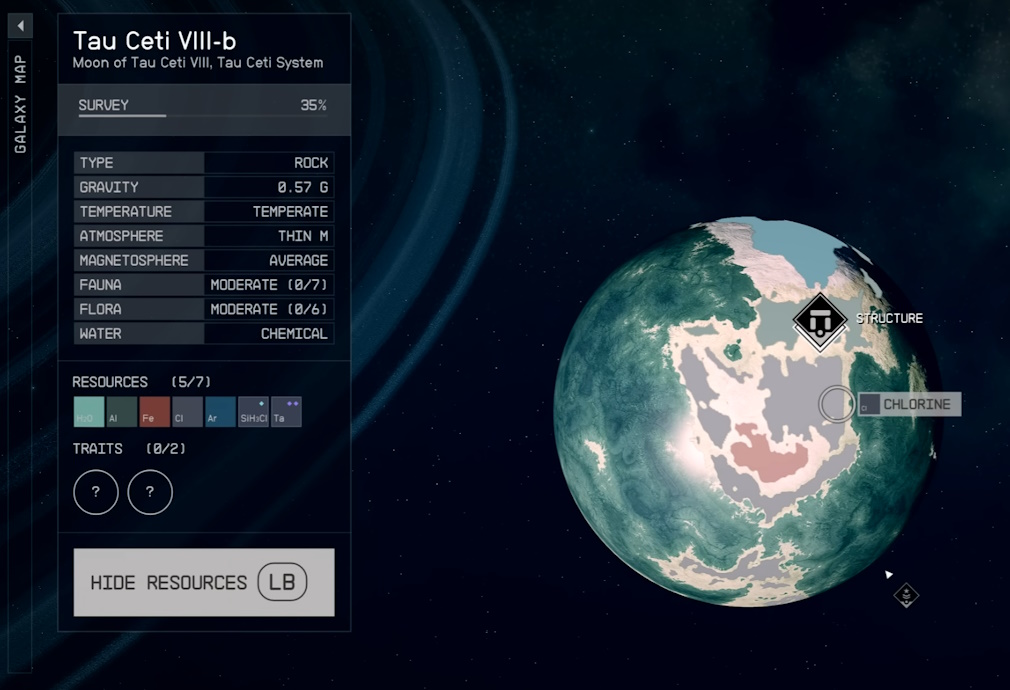
If I disembark from my spaceship and head in one direction in a straight line, will I be able to keep walking, walking, and walking all the way around the circumference of a procedurally-generated planet? If I stay in that straight line without deviating, will I eventually walk all the way back to my spaceship?
There was a lot of talk at the showcase about “if you can see it, you can go there,” with a moon in the sky of a planet being pointed out. But there was also talk of players choosing a “landing zone” on each planet or moon that we’ll visit – and the implication of that could be that each “zone” has limits.
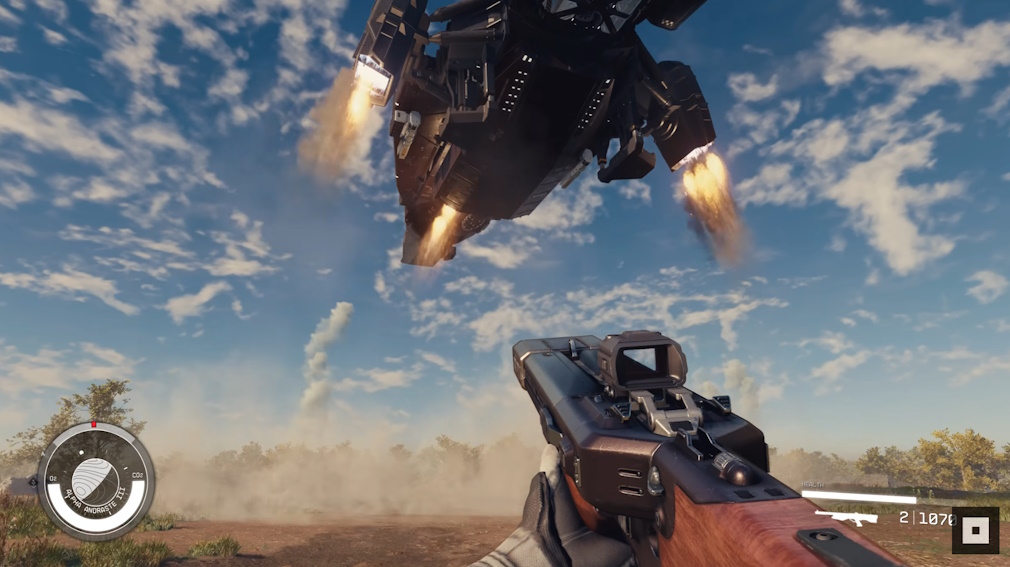
I’m not sure how many people would want to walk all the way around a planet. Exploring the entire surface of even the smallest planet or moon in the solar system would be an arduous task… but gamers love to take on challenges! Walking hundreds or thousands of miles to fully circumnavigate a planet might be something that some folks will want to do.
Regardless, if there are limits to how far players can explore, or how much of the surface of a planetary body is explorable at one time, those limits will have to be handled carefully. Invisible walls might not cut it here… and could certainly impact the sense of immersion. But at the same time, it’s hard to see how this could be avoided, even given the game’s size and ambitious scope.
Question #3:
Will there be microtransactions, an in-game shop, purchasable currencies, and the like?
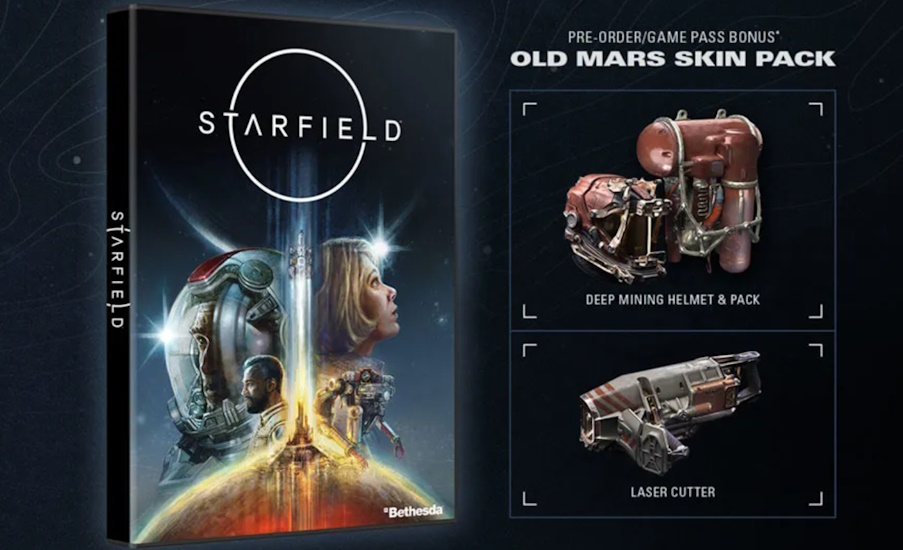
If the answer to this question is anything but a solid, definitive “no” then I will be deeply concerned and very disappointed. Already we’ve seen that not all Starfields are created equal: there are pre-order bonus outfits and deluxe edition-exclusive outfits already. Pre-order bonuses are nothing new, of course, but I’d still rather that every Starfield player could have access to all in-game cosmetic items.
But the existence of these in-game skins has me worried. Are Bethesda and Microsoft planning an in-game microtransaction marketplace? If so, will there be some kind of “premium currency” to go along with it? Some titles can feel downright exploitative with their in-app purchases, with cosmetic items in Diablo IV retailing for £20/$25 in some cases.
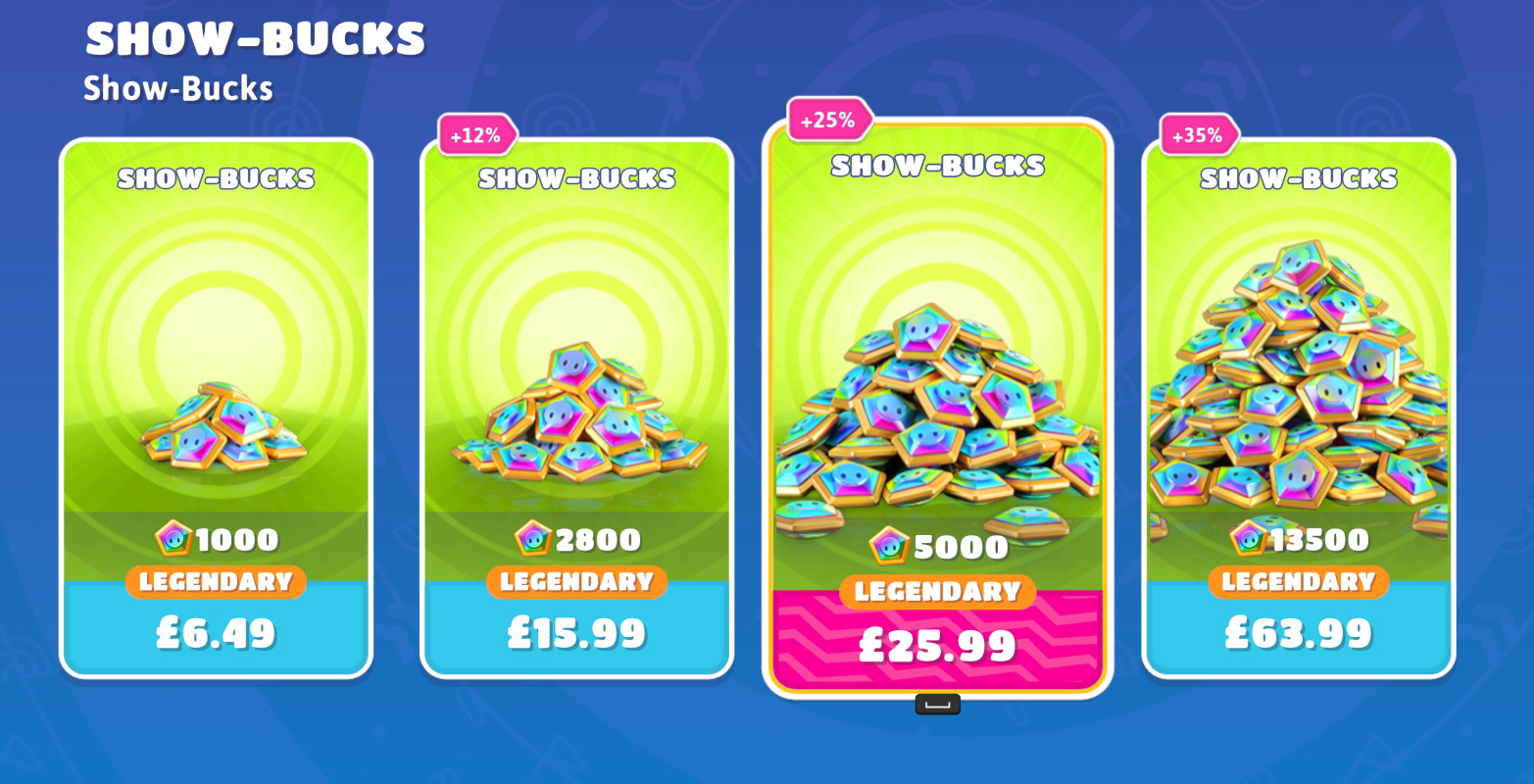
In some ways, we can blame Bethesda for being one of the pioneers of monetisation in single-player games. Oblivion’s horse armour DLC became infamous in 2006 as an exemplar of this kind of cheap cash-grab – and Bethesda has even tried to monetise mods with its “Creation Club” in Skyrim and Fallout 4.
In free-to-play games, in-game purchases can be fine – though they must still be reasonably priced and not unfair. But in a single-player, fully-priced title like Starfield, in-game purchases will be hard to justify – if not outright impossible. Bethesda needs to be honest about this, too – and not send out one version of the game to reviewers, then sneakily add in an in-app storefront after launch. We’ve seen similar things happen with other games. It’s a concern at this point that no one at Microsoft or Bethesda has ruled out in-game monetisation.
Question #4:
Will custom backgrounds be available?
(A background with a customisable name and a free choice of skills.)
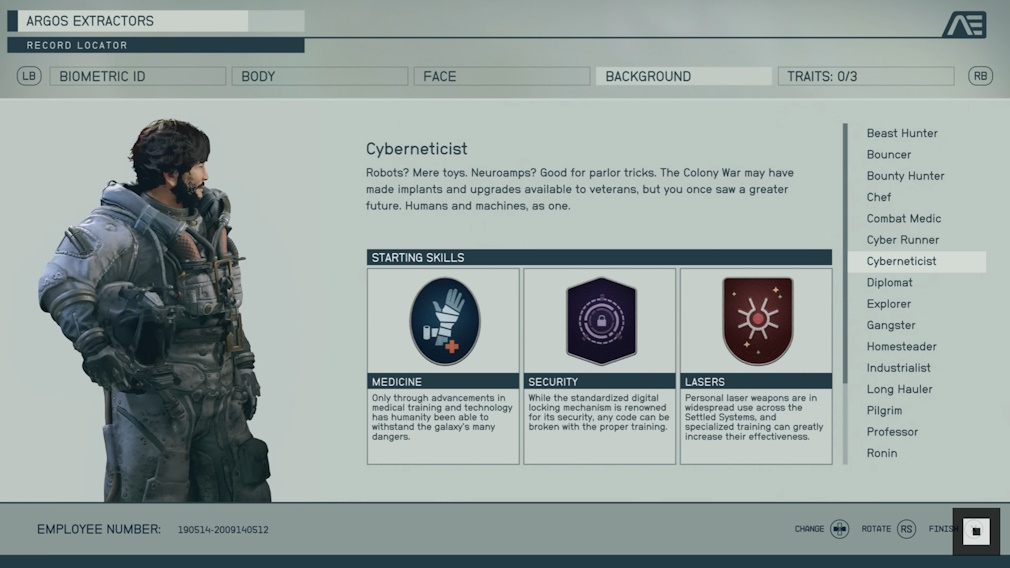
The Starfield showcase showed off about sixteen different potential character backgrounds, with a handful of sci-fi staples like “bounty hunter” being joined by less common ones such as “chef!” These look like fun – but their inclusion raises a question: can we make our own custom background?
In Morrowind and Oblivion, it was possible to create a custom class. If players didn’t want to pick one of the pre-made options it was possible to become… well, anything. These custom classes also came with a free choice of starting skills. The pre-made backgrounds in Starfield each seem to come with three starter skills, so that raises the question of whether custom backgrounds exist, and if they do, whether it would be possible to have a free choice of skills to include.
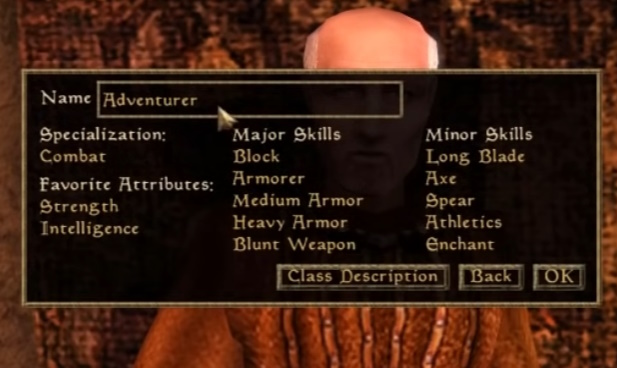
At the showcase, it was clear that the choice of background could lead to some unique dialogue options and possibly even unique quests within Starfield. If that’s the case, Bethesda may not want players creating their own custom backgrounds. But it was a lot of fun in Morrowind and Oblivion to become a “dark knight” or “chocolatier,” and to choose which skills to give a boost to at the beginning of the game. This might not be something everyone wants to try – and I think in my first playthrough I’ll probably pick one of the pre-made options to see how much unique content is on offer. But it could be a ton of fun!
This is something that feels like it could be relatively easy to mod, and I wouldn’t be shocked to see a “custom background” mod created fairly soon after the game’s launch if it isn’t an official feature.
Question #5:
How abundant will resources be?
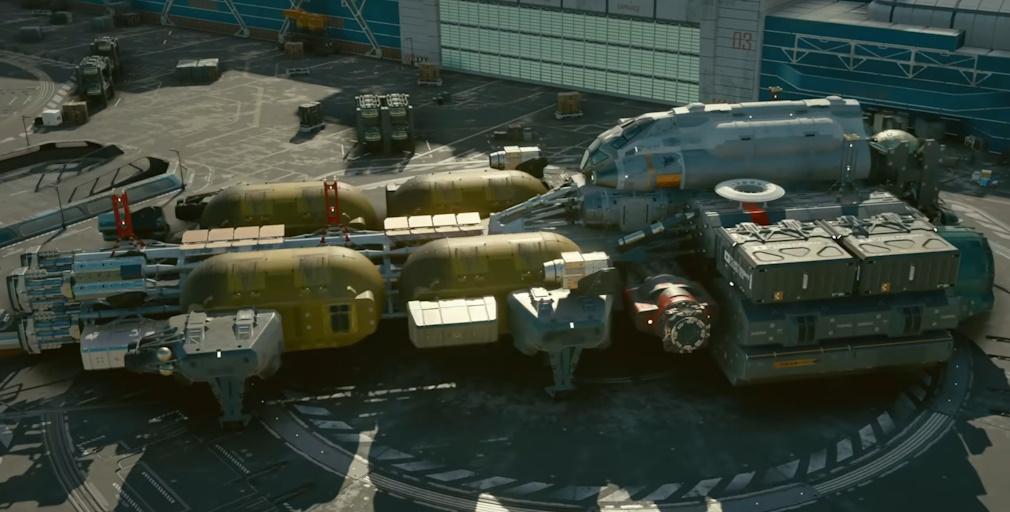
We know that there will be resources to collect in Starfield, with some of these being able to be sold for cash and others perhaps being used to craft items or even in the construction of outposts and bases. But how abundant will these resources be? If you think about it, every single item ever used in the entire history of humankind has come from a single planet. All the lead, all the iron, all the uranium we’ve ever used across all of human history came from Earth. With that in mind, it might feel strange to visit a planet and find, say, 40kg of iron, half a brick of lead… and nothing else.
One of my concerns with Starfield is that a deliberate policy of forced scarcity might be used to push players to keep exploring and to keep visiting new planets and locations – or even to pay real-world money to “skip the grind.” Depending on what resources are needed for crafting, and how necessary in-game crafting will be to Starfield, this could become frustrating.

Not all planets and moons will have every available resource – nor should they. But there has to be a balance found that makes collecting resources feel fun and not like a chore. I would also hope that resources will be purchasable, at least in limited quantities. If I need, for example, 100kg of iron to craft something and I only have 98kg, there are going to be times where I’d rather spend a few credits than have to hop in my spaceship and seek out a planet to collect a paltry amount of a single resource!
So again, this is about balance. Exploring has to feel natural, resource collecting and crafting have to feel fun. If I want to become a miner or if I want to use resources to generate the majority of my income, that’s a different story. But for basic gameplay, it’s imperative that Starfield strikes the right balance between scarcity and abundance.
Question #6:
Can spaceship interiors be customised?

At the showcase, a Bethesda developer was prominently shown dropping a pilfered sandwich onto a pile aboard her ship. So we can infer from that that it’s possible to place individual items aboard a spaceship and have them remain there. But is that as far as we can go when it comes to personalising the inside of our flying homes?
I’d like to think it would be possible to do things like change colours, for instance. Changing the colours of the floors, walls, consoles, or furniture would be a step in the right direction, and would go some way to making a spaceship feel personal. There’s a danger, I fear, that no matter how great a ship might look on the outside, the inside might end up feeling like little more than a collection of snapped-together pieces.
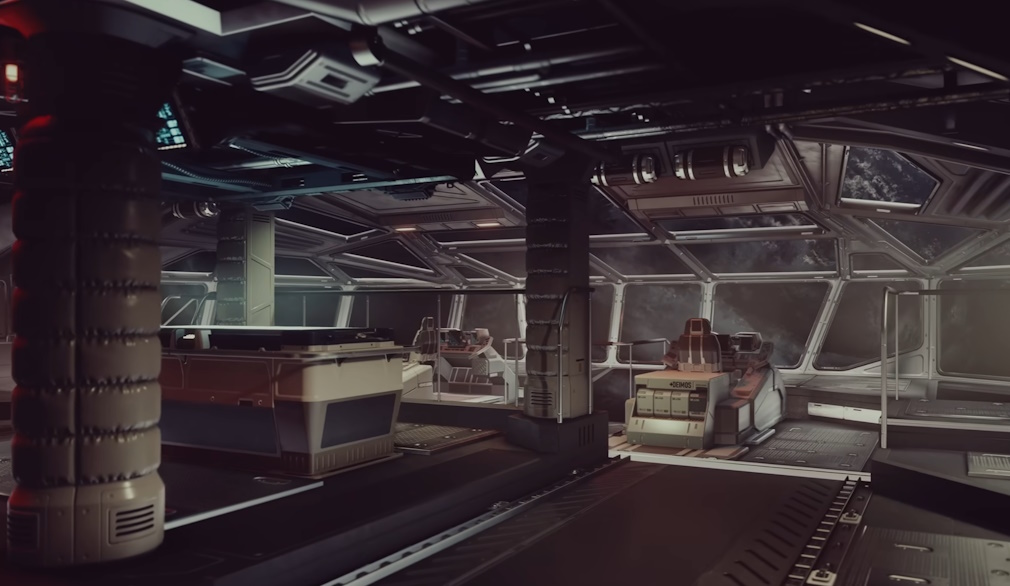
I’d love to think that we’d have choices over things like furniture. Do we want to pick this style of chair or that one? Do we want to put extra seats in the living area? How about a bigger kitchen? These are the kinds of decisions that I’d love to be making about my spaceship!
Bethesda has suggested that outposts may have a degree of customisation, with furniture and the like able to be positioned. Again, we don’t know how much customisation is available, how many items are available, and to what extent it will be possible to rearrange a room – but that sounds positive, at least. Even though I’d have expected to have heard something about this by now if it was possible for spaceships, I’m still crossing my fingers.
Question #7:
Do tiles and points of interest repeat?
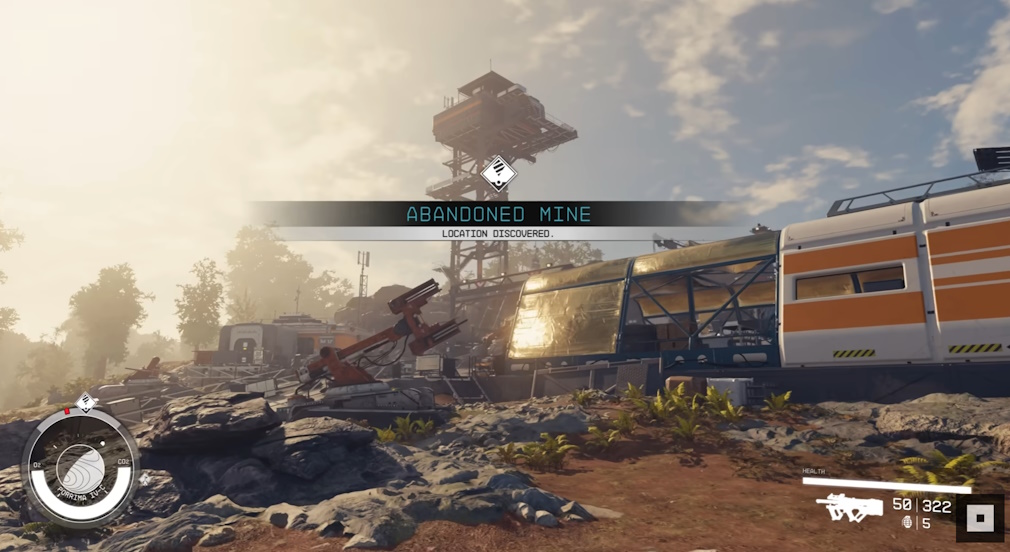
At the showcase, Bethesda developers talked about how procedurally-generated planets will work. Todd Howard confirmed that there are hand-crafted “points of interest” to visit, and these will be randomly allocated to planets through this procedural generation system. While we don’t know how many of these pre-made locations there might be, if you think about how many individual tombs, ruins, and settlements there were in a game like Morrowind, it seems fair to think that there could be at least 100 – and possibly a lot more than that.
But here’s an interesting question: if Starfield’s procedural generation allocates these at random, does that mean we could encounter the same location twice? Will two “abandoned mine” locations be identical on different planets – or different parts of the same planet, come to that? And what about the tiles that make up a planet’s surface? Will they repeat, too?

If a player visits a dozen or more planets in the same category – say frozen, icy worlds like Pluto – will we eventually see the same hills, the same mountains, the same lakes, and so on? After all, there can only be a fixed number of pre-made “puzzle pieces” for each type of planet or each biome, surely. There could be hundreds and hundreds of each – but in a game that encourages long-term play, it doesn’t seem impossible that we’d eventually run out of these tiles. What happens then?
If there are hundreds, thousands, or even more of these tiles and locales, the chances of encountering two identical ones in quick succession are going to be slim. But it could be immersion-breaking to land on a planet and encounter the exact same mountain or ruin as we’d already seen and explored somewhere else.
Question #8:
Are there civilian outposts, colonies, and small settlements beyond the main cities?
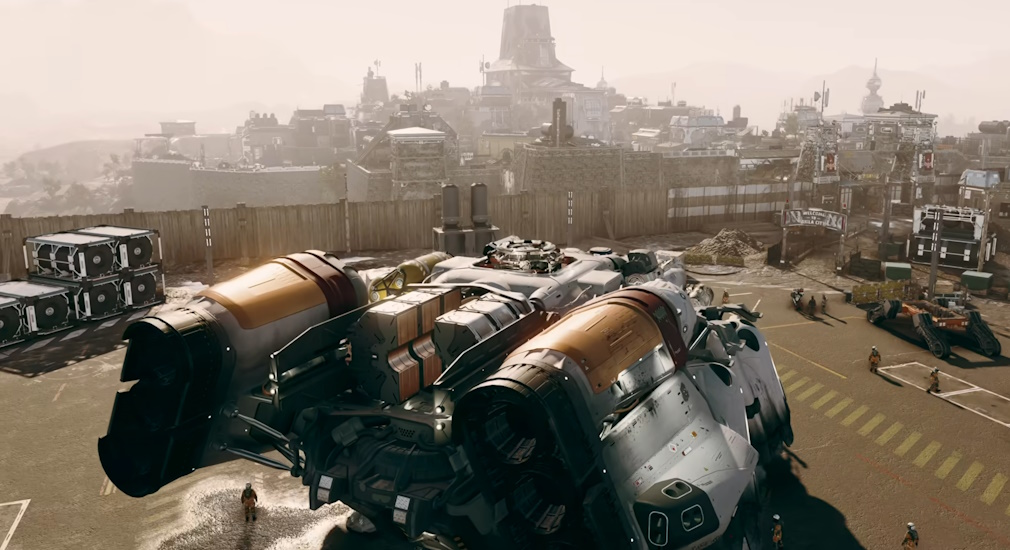
One thing that makes Bethesda’s worlds feel lived-in are the smaller towns and off-the-beaten-track settlements. Look at places like Hla Oad in Morrowind or Breakheart Banks in Fallout 4. These are small settlements with no connection to the main quests of their respective games. The player has no reason to visit them except for exploration and “to see what’s there.”
Starfield needs places like this, in my opinion. It’s great that New Atlantis will be Bethesda’s biggest-ever city, or that Neon will feel like a cyberpunk dystopia – but if there aren’t smaller places to randomly encounter in between those few big locations, Starfield’s galaxy will feel small. The population relative to the size of the map will feel unbalanced.
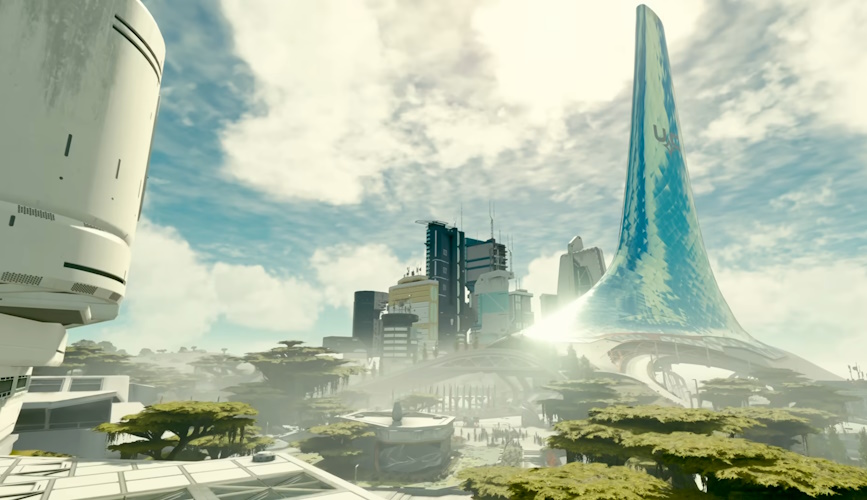
In other Bethesda games – and other open-world games by other developers, too – smaller settlements can have quests of their own. They often have unique NPCs, shops, taverns, and more. Some may be connected to a faction questline, too. So there should still be things to do in at least some of these smaller settlements!
It will feel strange, I fear, if the so-called “United Colonies” only has two cities under its banner, or if the Freestar Collective is a “collective” of no more than two settlements on two planets. Partly this is for that sense of immersion, to ensure that Starfield’s galaxy truly feels like a living, breathing, perpetual world that will exist whether or not the player character is part of it. But also it’s a question of balancing the game, and ensuring that its open world doesn’t feel too empty outside of a handful of cities.
Question #9:
Is it possible to build more than one outpost on a single planet?
And: is it possible to build an outpost on Earth?
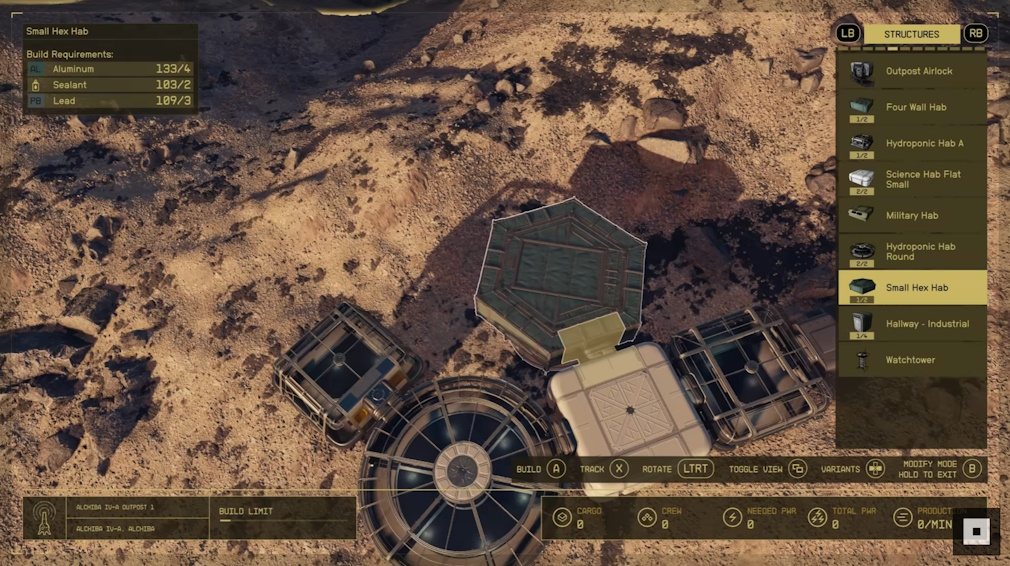
Todd Howard has suggested that it may not be possible to build an outpost on every single one of Starfield’s planets – and that makes sense. Building an outpost right next to a major city might not be a good idea, for instance. Or planets owned by certain factions could be off-limits. But with Earth confirmed to be present in the game – and perhaps in a devastated or otherwise uninhabited state – I can’t be the only one who’s considering building an outpost there… can I?
If it’s truly possible to pick any location on a planet to land and construct an outpost, maybe some folks will want to find their home town and build an Earth outpost! I think that could be fun – even though it seems silly, in a way, to build on Earth in a game all about exploring space!
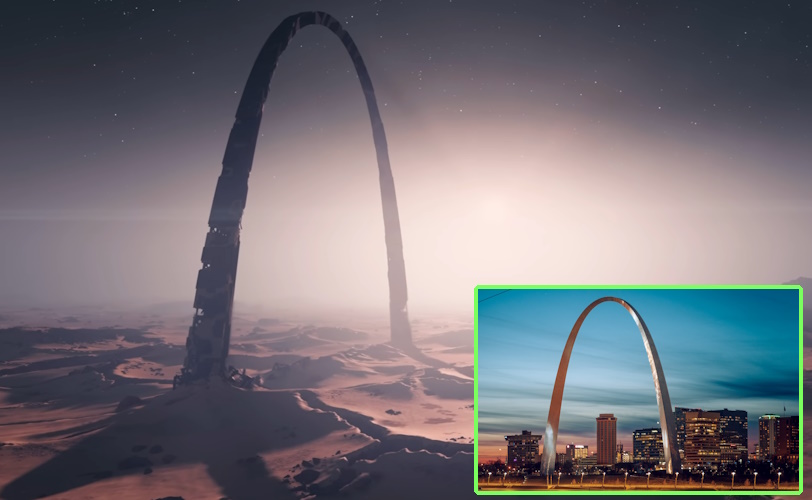
Insert: The St. Louis Gateway Arch as it appears today.
Then there’s the idea of building multiple outposts on a single planet. If I come across a great planet with abundant resources, I might want to set up a mining camp there to generate resources and/or income. But would I want to build my dream home on top of a busy mine? Probably not!
So it would be neat if it would be possible to build different outposts on a single planet, perhaps with different functions for each one. An automated mining outpost could be chugging away in the background while my house is hundreds of miles away. That’s just one example – but there could be other reasons for wanting to do this, such as different resources being present in different locations.
Question #10:
Has Bethesda over-promised?
Or: is Starfield being over-hyped?
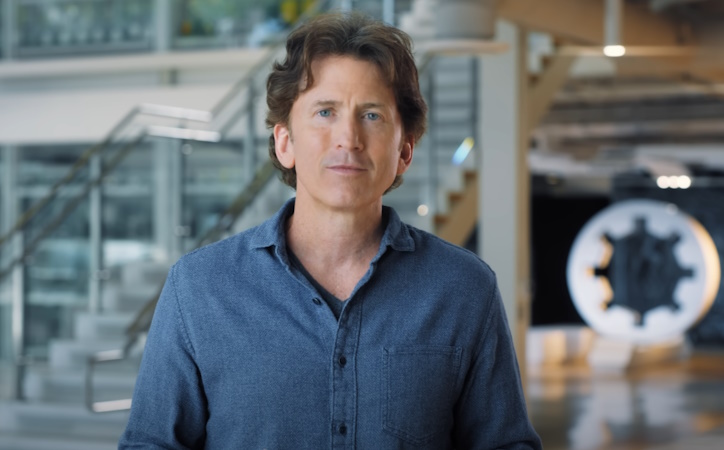
Too much hype can be toxic to any game, especially if players are allowed to build up an inaccurate picture of what the game could be before it’s launched. This happened in different ways to games like No Man’s Sky and Cyberpunk 2077, as players came to believe that they were going to get a once-in-a-lifetime, genre-busting experience. Sound familiar?
A good marketing campaign knows how to set appropriate limits and how to say “no” in a way that isn’t offputting. So far, I don’t think we’ve seen enough of this from Bethesda and Xbox, and there’s a danger that some players are getting the wrong idea about the scope of Starfield or about what may be possible in the game. This is something that has to be addressed as quickly as possible!

It’s totally understandable that Microsoft and Bethesda want to paint Starfield in the best possible light, showing the game at its best and making the most of key features. But that kind of positive approach has to be both truthful and balanced; it mustn’t oversell in-game systems nor promise features that won’t be present. It’s also important to quash speculation if it gets out-of-hand.
There are going to be limits to Starfield. There will be places that we can’t go, things we can’t do when building spaceships and outposts, and limits to both exploration and customisation. It’s also distinctly possible that the game will launch with some bugs and glitches, or even missing features that may be promised to be coming as part of an update. At the end of the day, Starfield is still a video game – one that is naturally limited by the technology available to its developers.
So that’s it.
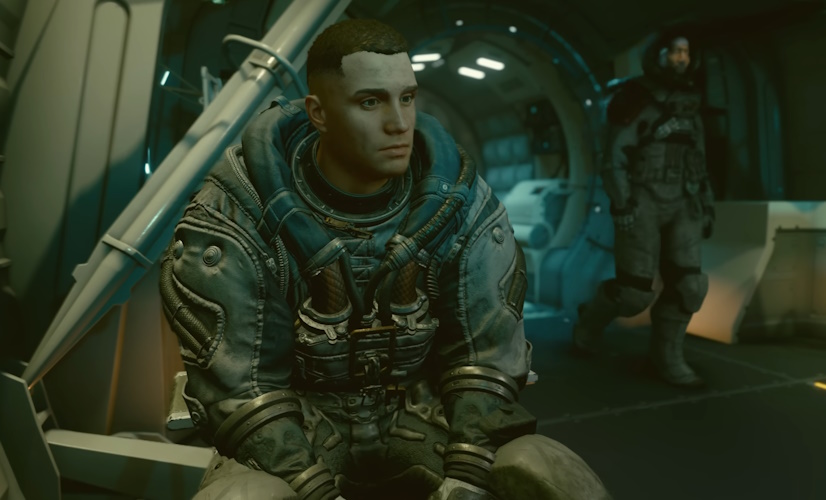
Those are ten questions that I have about Starfield.
As I’ve said on other occasions, I’m trying to rein in the excitement and hype that I have for this game! There are solid reasons to put Starfield in the “wait for the reviews” category – such as Bethesda’s reputation, the shocking state of many recent PC releases, the Fallout 76 mess, and more. And I will be checking out reviews before I commit to Starfield in September – especially if the game appears to be poorly-optimised or not running well on PC. I don’t need another Jedi: Survivor debacle!
I’d love to see Bethesda address all of these questions head-on, and to provide answers before Starfield is released. I’ve done my part on my small corner of the internet – but it will be up to bigger publications who have the access and the opportunity to hold Bethesda and Xbox leaders to account.
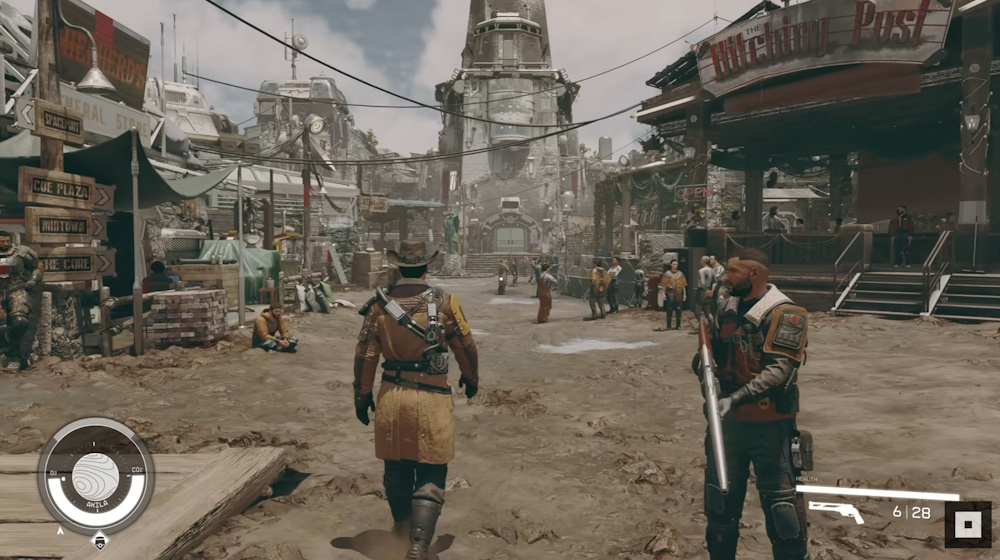
Some of the questions that have been asked of Bethesda and Microsoft have been missed opportunities, in my opinion. The question about fishing leaps to mind as the stupidest example of a nonsense question, but there have been plenty of others. If I were able, these ten questions would be the ones I’d pose to the senior folks at Bethesda and Xbox.
So that’s all for today! I know we’ve talked about Starfield a lot on the website over the past couple of weeks – but that’s because it’s my most-anticipated game at the moment. And every time I think I’ve said enough, something else comes to mind, or I read another article or watch another interview! There may be even more to say in the days and weeks ahead… so stay tuned! When Starfield is released I’ll also do my best to share my first impressions of the game, as well as talk about some of its systems and features.
Until next time!
Starfield will be released on the 6th of September 2023 for PC and Xbox Series S/X consoles. Starfield is the copyright of Bethesda Game Studios, Bethesda Softworks, Xbox Game Studios, and/or Microsoft. Some promo images and screenshots used above courtesy of Bethesda. This article contains the thoughts and opinions of one person only and is not intended to cause any offence.



